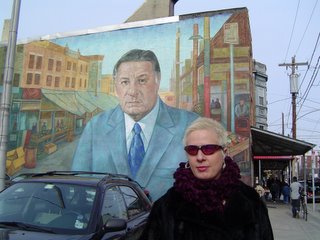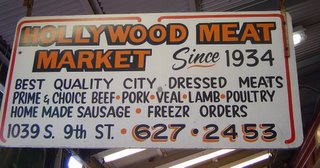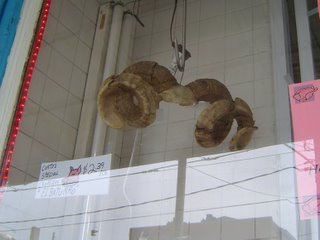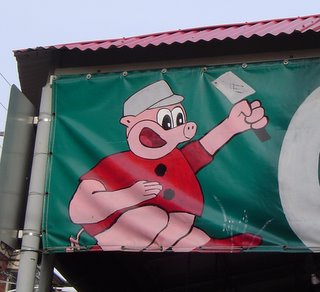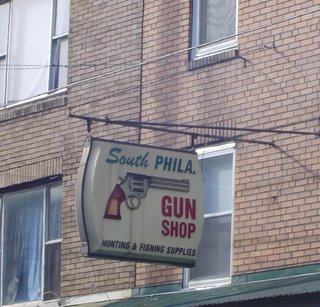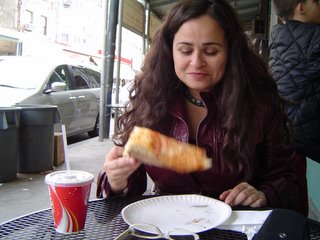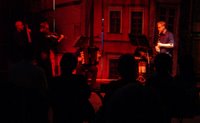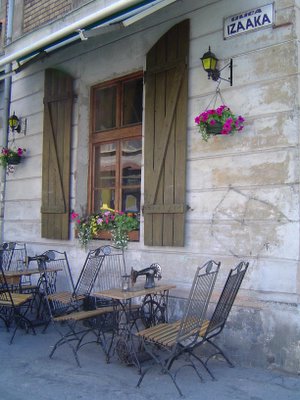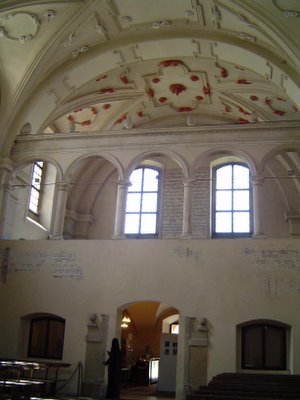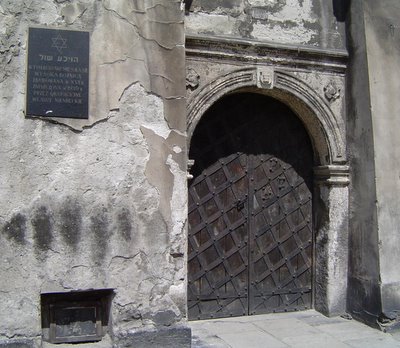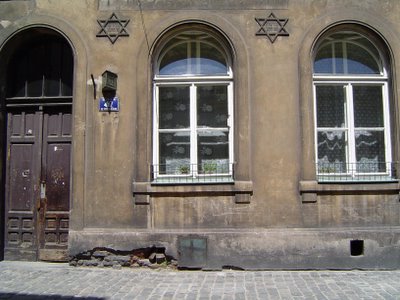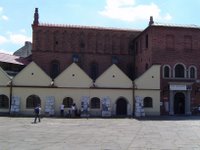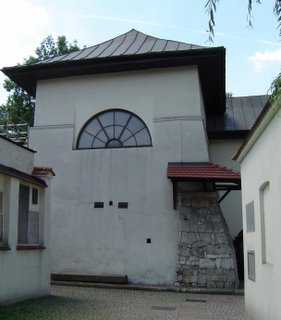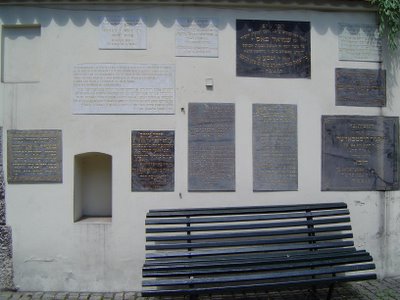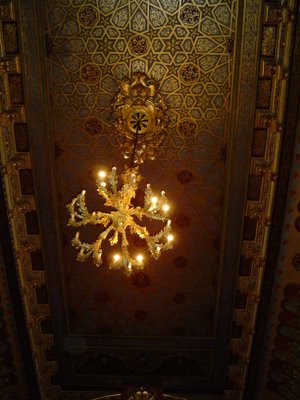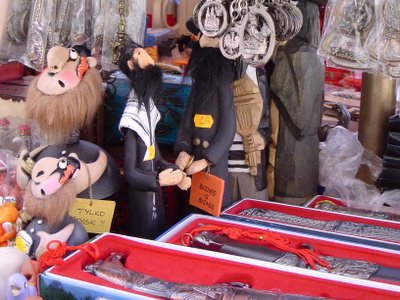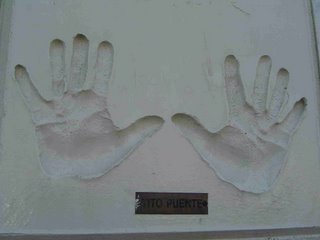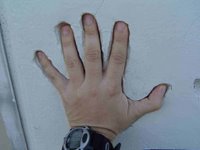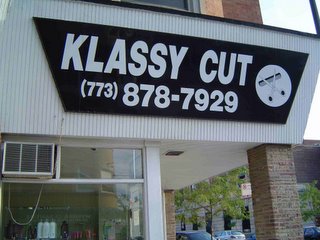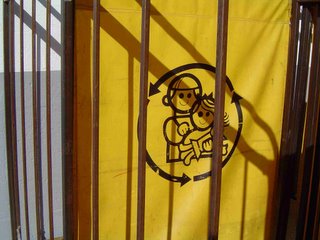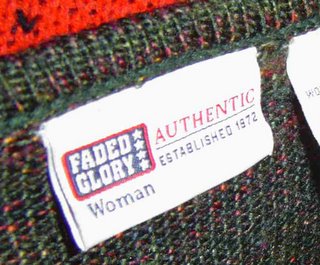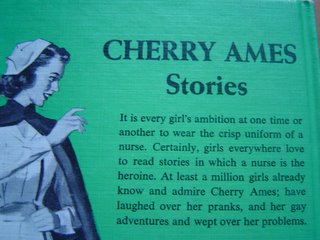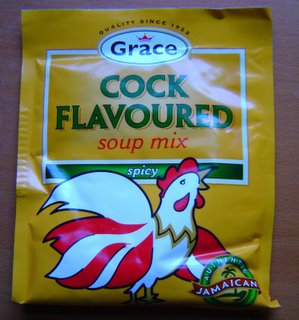My friend SHRL (pronounced "Shirl", with kind of a syllabic 'r', and standing for "Sexy Human Rights Lawyer" because that's what his intern used to call him)* used my camera the other night to make his first foray into digital photography. I thought the resulting photograph was nicely subtle, but he thought it was more spooky. Once designated spooky, it had to get posted, as I am nothing if not devoted to exploring the range of spookiness available in my new home. So here it is.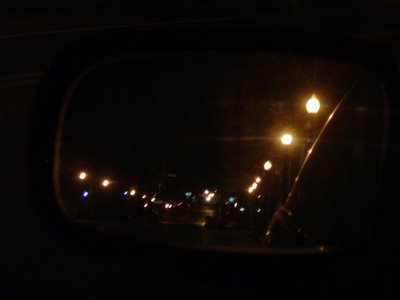 Subtle? Spooky? Some third adjective? Let me know. We won't be seeing any more artistic contributions from Shirl for a while, but maybe after he gets back from his three-week Brazilian vacation, he'll scan and share any pictures of foreign spookiness he may have found.
Subtle? Spooky? Some third adjective? Let me know. We won't be seeing any more artistic contributions from Shirl for a while, but maybe after he gets back from his three-week Brazilian vacation, he'll scan and share any pictures of foreign spookiness he may have found.
Meanwhile, just got back from seeing Bauhaus play, which was definitely also subtly spooky.

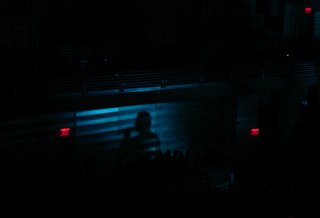 I still think Peter Murphy kind of sounds like Neil Diamond, but my god that show was good. When they did "Bela Lugosi's Dead," I was sure someone's blood would be drunk. But in the end, it was just my ginger ale.
I still think Peter Murphy kind of sounds like Neil Diamond, but my god that show was good. When they did "Bela Lugosi's Dead," I was sure someone's blood would be drunk. But in the end, it was just my ginger ale.
*let’s not even get started with interns, sex(iness), and Spookytown
 Oh, Dumpling Man, are you a super-hero sans cape? A pith helmet with a face? In any case, that glint in your eyes lets me know just how tasty you must be.
Oh, Dumpling Man, are you a super-hero sans cape? A pith helmet with a face? In any case, that glint in your eyes lets me know just how tasty you must be. Oh, Dumpling Man, are you a super-hero sans cape? A pith helmet with a face? In any case, that glint in your eyes lets me know just how tasty you must be.
Oh, Dumpling Man, are you a super-hero sans cape? A pith helmet with a face? In any case, that glint in your eyes lets me know just how tasty you must be.

